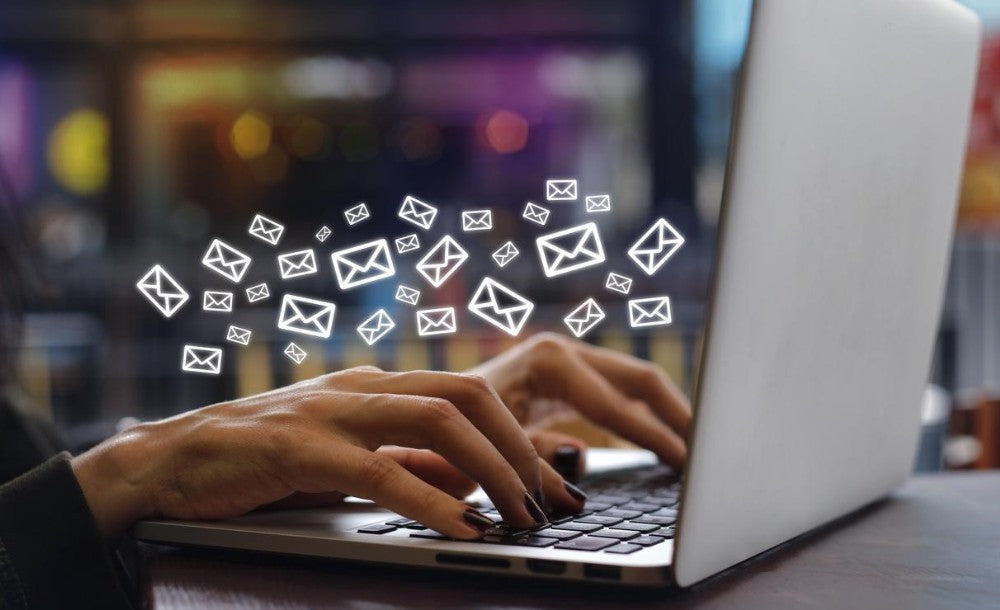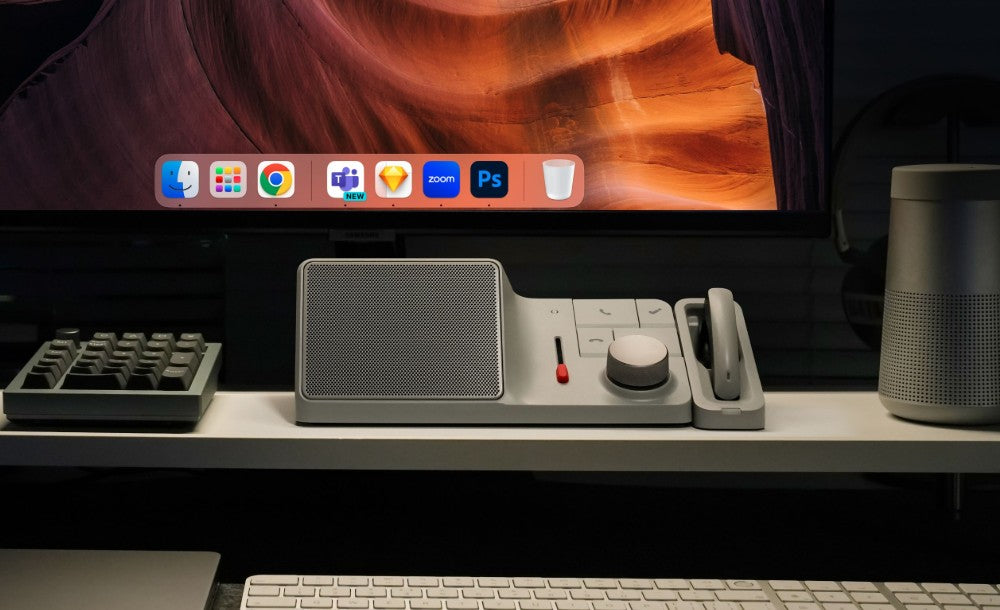In this post, we'll dive into the art of crafting polite follow-up emails after no response, along with the ideal follow-up sequence and a variety of email templates for different scenarios. Whether you're following up after an interview, a proposal, or a networking event, this guide got you covered!
So, let's roll up our sleeves and master the art of the follow-up email because, more follow-ups mean more replies, leading to more opportunities.
Why People Don’t Respond to Emails
Ever found yourself in that all-too-familiar scenario? You spend time crafting a well-thought-out email, hoping for a fruitful discussion, only to be met with unending silence. It's frustrating, isn't it?
But here's the thing – Even the most meticulously crafted emails can end up ignored for a variety of reasons. Maybe the recipient is swamped with work, drowning in a sea of emails, or simply not interested in your request. And yes, there's always the possibility that your email ended up in the dreaded spam folder.
But before you start doubting yourself, take a step back and consider a few factors. Is your subject line clear and attention-grabbing? Did you choose the right timing to send your email? Is your content concise and to the point? Sometimes, a few tweaks here and there can significantly increase your chances of getting a response.
What is the Ideal Follow-Up Sequence
You know, finding the right balance with follow-up emails is key – enough to keep the conversation going, but not too much to overwhelm the recipient.
Typically, sending 2-3 follow-up emails after dead response is considered standard practice, but the frequency may vary depending on your industry and the nature of your relationship with the recipient.
So, here's a flexible follow-up sequence you can adopt:
- 1st Follow-Up Email: Day 3
- 2nd Follow-Up Email: Day 7
- 3rd Follow-Up Email: Day 12
- 4th Follow-Up Email: Day 18
- 5th Follow-Up Email: Day 28
By spacing out your follow-ups over a few days or weeks, you give the recipient breathing room while demonstrating your continued interest in the conversation. It's all about maintaining a respectful yet persistent presence.
Remember, the goal isn't just to get a response, but to nurture the relationship and keep the lines of communication open. So, keep your follow-ups genuine, relevant, and respectful, and you'll increase your chances of getting the desired outcome.
Crafting Strong Subject Lines
Ever wondered why some emails get opened while others end up in the dreaded "unread" pile? It often boils down to one thing: the subject line. Your subject line is the first impression you make on your recipient, so it's crucial to make it count.
Here are some tips for creating attention-grabbing subject lines:
Keep it concise: Aim for 10 words or less to ensure your subject line is easily readable, even in the preview pane.
Personalize it: Adding the recipient's name or referencing something specific to them can significantly increase open rates.
Provide value: Clearly communicate what your email offers and how it can benefit the recipient. Whether it's a solution to their problem or valuable information, make it clear from the start.
Create urgency (sparingly): While urgency can prompt action, use words like "urgent" or "deadline" sparingly and only when appropriate. Avoid clickbait tactics that can damage your credibility.
Be intriguing: Use witty or interesting language to pique curiosity and compel the recipient to open your email.
Follow-Up Email Templates to Suit Your Needs
Now that we've covered the timing of follow-up emails and the importance of crafting compelling subject lines, let's dive into some practical examples. Whether you're following up after an interview, a meeting, or a sales demo, these templates will serve as your guide in crafting effective follow-up emails.
Below, you'll find a variety of templates tailored to different scenarios, each designed to help maintain communication and move the conversation forward. Let's explore!
Follow-Up Email Template after No Response
Scenario 1 - First follow-up email



Follow-Up Email Template after Interview
So, you have completed a job interview and are waiting for feedback.
Whether you feel good about your performance during the interview or not, instead of sitting and waiting, an additional step should be taken — follow up with the interviewer or hiring manager. A follow-up email is a gesture that shows your interest in the position and highlights your professionalism.
Scenario 1 - A simple thank you email
The follow-up thank you email should be sent within 24 hours of the interview.


Follow-Up after a Networking Event
You met someone, let’s say a prospective business partner, at an event, and you exchanged cards.
You should send a follow-up email to build a relationship. This email should refresh their memory about who you are and include what value you want to offer or gain from them.
Scenario 1 - Provide value


Sales Follow-Up Email Templates
Salesperson no doubt sends a lot of emails to prospective customers and constantly needs to follow up after their first interaction. Let's explore a series of possibilities:
Scenario 1 - After a trigger event
A trigger event is any occurrence that signals a buying opportunity. It includes prospects re-opening an email, browsing your site, or signing up for a free trial; that’s when you need to reach out with a follow-up email and offer value to the lead.





Follow-Up Email Template after Meeting
It could be a meeting with your team or a business partner. Either way, post-meeting follow-up emails are good for clarifying important points, decisions, and next steps. It helps keep everyone involved on the same page.
Template 1

Template 2

Tips for Writing Professional Follow-Up Emails
Now that you have some templates to work with, let's dive into some tips to help you refine your follow-up email game:
1. Use a strong subject line: As we've discussed, your subject line can make or break your email's open rate. Put thought into crafting a subject line that grabs attention and entices the recipient to open your email.
2. Keep it brief: Follow-up emails should be concise and to the point. Avoid rehashing everything from your previous correspondence and instead focus on the most important points.
3. Maintain professionalism: Regardless of your frustration level or lack of response, always maintain a professional and polite tone in your follow-up emails. Start with a simple greeting and keep your language respectful.
4. Include a clear call to action: Unless you're simply expressing gratitude, every follow-up email should include a clear call to action. Whether it's scheduling a meeting, providing feedback, or requesting information, makes it easy for the recipient to know what you want them to do.


